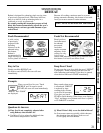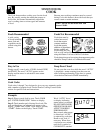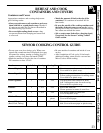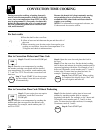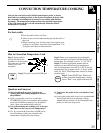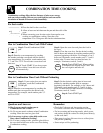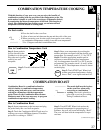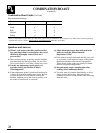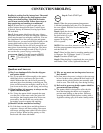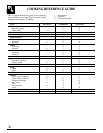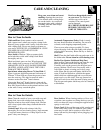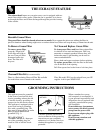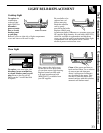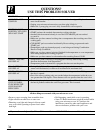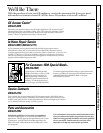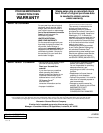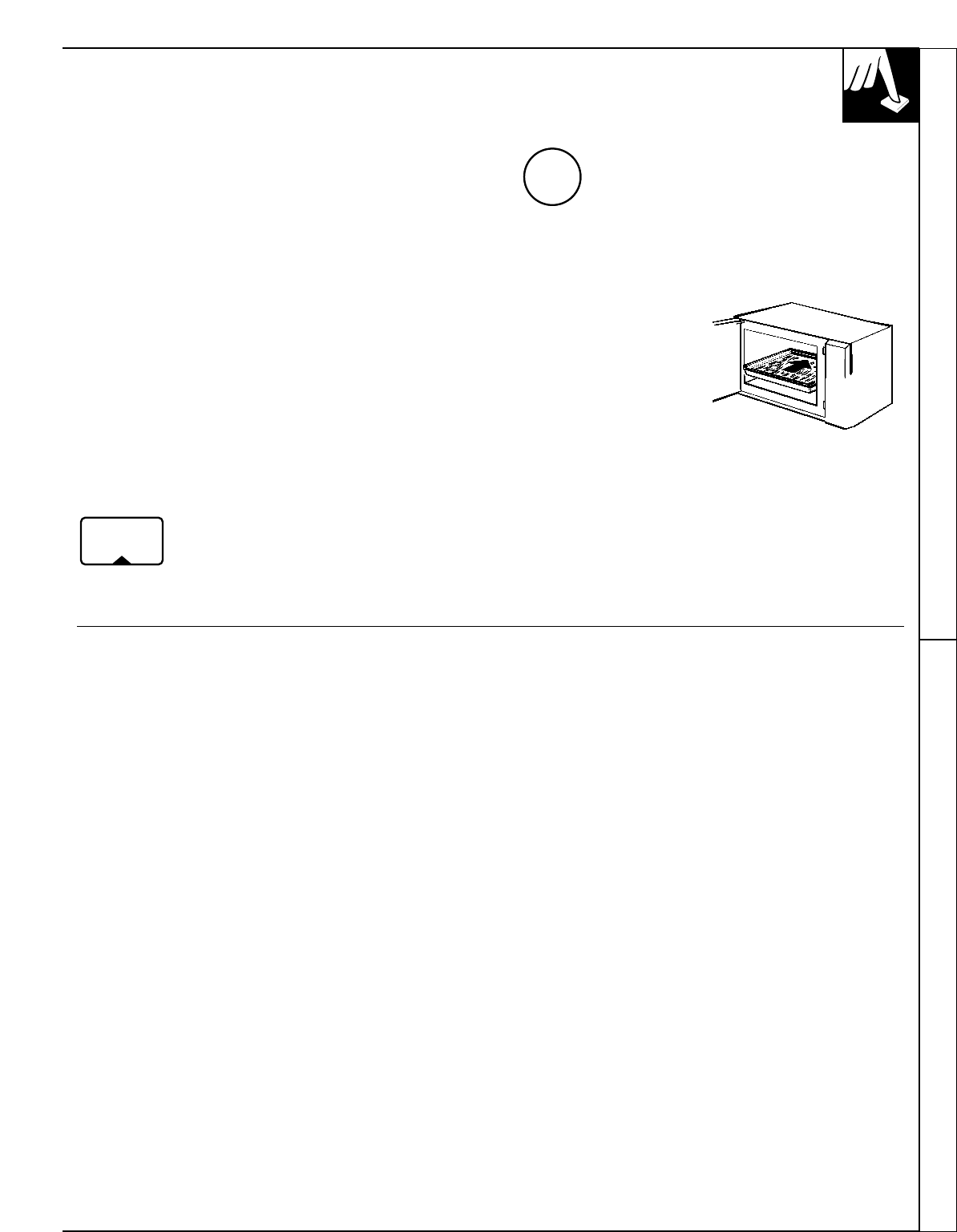
29
Combination Roast Convection Broiling
CONVECTION BROILING
Broiling is cooking food by intense heat. The metal
shelf must be in place on the shelf supports when
using convection broiling. Most fish and tender
cuts of meat can be broiled. Follow these steps to
keep spattering and smoking to a minimum.
Step 1: If meat has fat or gristle around edge, cut
vertical slashes through both about 2 inches apart.
If desired, fat may be trimmed, leaving layer about
1/8 inch thick.
Step 2: Insert spatter shield onto drip pan. Always
use spatter shield so fat drips into drip pan; otherwise
juices may become hot enough to catch fire. You can
use aluminum foil to line your drip pan and spatter
shield. However, you must mold the foil tightly to the
spatter shield and cut slits in it just like the spatter
shield. Without the slits, the foil will prevent fat and
meat juices from draining to the drip pan. The juices
could become hot enough to catch on fire. If you do
not cut the slits, you are frying, not broiling.
Step 3: Touch Convection BROIL
pad once for HI (450°F) and twice
for LO (425°F).
Step 4: Touch START pad.
Step 5: When the preprogrammed temperature
is reached (preheating may take 25 to 30 minutes),
the oven signals. Place the food on the broiler
pan assembly.
Step 6: Open the door and
place the broiler pan on
the shelf which is on the
shelf supports. “Hot”
appears on display when
door is opened.
NOTE: If the oven door remains closed, the oven will
hold the preprogrammed temperature for 1 hour
and then shut off.
Step 7: Enter broiling time by touching number pads
in sequence. For 25 minutes, touch 2, 5, 0 and 0.
Step 8: Touch the START pad.
Step 9: When broiling is completed, the oven signals
and flashes “End.” Oven, light and fan shut off.
START
BROIL
Q. May I use aluminum foil to line the drip pan
and spatter shield?
A. Yes, if you mold the foil thoroughly to the spatter
shield and slit it to conform to the slots in the
shield. Without the slits, the foil will prevent fat
and meat juices from draining to the drip pan. The
juices could become hot enough to catch on fire. If
you do not cut the slits, you are frying, not broiling.
Q. When broiling, is it necessary to always use the
spatter shield in the pan?
A. Yes. Using the spatter shield suspends the meat
over the pan. As the meat cooks, the juices fall
into the pan, thus keeping meat drier. Juices are
protected by the shield and stay cooler, thus
preventing excessive spatter and smoking.
Q. Should I salt the meat before broiling?
A. No. Salt draws out the juices and allows them to
evaporate. Always salt after cooking. Turn meat
with tongs; piercing meat with a fork also allows
juices to escape. When broiling poultry or fish,
brush each side often with butter.
Q. Why are my meats not turning out as brown as
they should?
A. In some areas, the power (voltage) to the oven may
be low. In these cases, preheat the broil unit for 10
minutes before placing broiler pan assembly with
food in oven. Turn food only once during broiling.
Q. Do I need to grease my broiler spatter shield to
prevent meat from sticking?
A. The spatter shield is designed to reflect broiler
heat, thus keeping the surface cool enough to
prevent meat sticking to the surface. However,
spraying the shield lightly before cooking with a
vegetable cooking spray will make cleanup easier.
Questions and Answers



